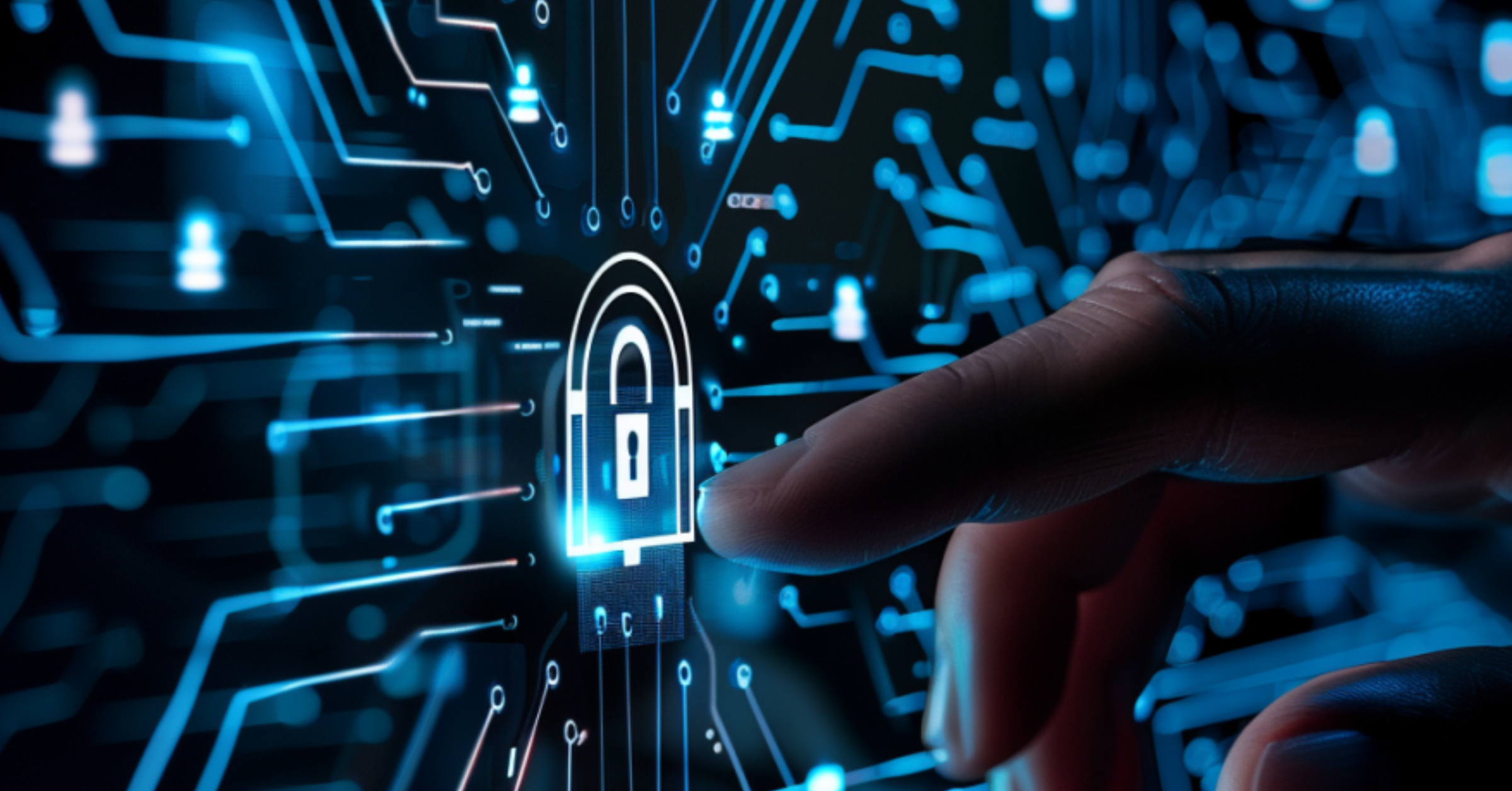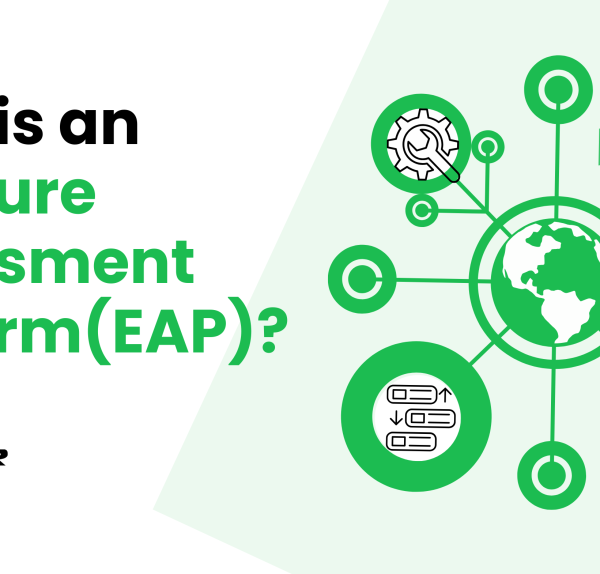In the fast-paced world of cybersecurity, Chief Information Security Officers (CISOs) face immense pressure to protect their organizations from ever-evolving threats. With limited resources and an expanding attack surface, leveraging automation is essential to manage workloads efficiently. This article explores how automation, including tools like XRATOR, can help CISOs streamline operations, enhance efficiency, and reduce stress across various layers of security.
Automate Routine Tasks
Network Security
Monitoring Network Traffic: Routine tasks such as monitoring network traffic can be incredibly time-consuming. Automating these processes frees up significant time for CISOs to focus on strategic initiatives. Tools like Splunk and SolarWinds offer robust network monitoring capabilities that automatically identify anomalies and potential threats, alerting security teams in real-time.
Log Analysis: Automating log analysis helps in swiftly detecting suspicious activities. Graylog and LogRhythm provide powerful log management and analysis features that can identify patterns and flag potential issues without manual intervention.
Endpoint Security
Endpoint Detection and Response (EDR): Tools like Nucleon EDR, CrowdStrike Falcon, Tehtris Optimus and Carbon Black automate the detection and response to threats on endpoints. These tools continuously monitor and analyze endpoint activities, providing real-time alerts and automated responses to suspicious behavior.
Streamline Incident Response
Security Information and Event Management (SIEM)
Automated Incident Response Systems: Automating incident response is crucial for reducing the time and effort required to address security incidents. Sekoia SOC Platform, Palo Alto Networks Cortex XSOAR and IBM Resilient provide comprehensive incident response automation, enabling quick identification and response to threats.
Security Orchestration, Automation, and Response (SOAR): SOAR tools like Splunk Phantom, Tehtris XDR and Swimlane further enhance incident response by integrating with various security tools and automating workflows. These platforms enable coordinated responses across different security layers, improving overall efficiency.
Enhance Efficiency
Identity and Access Management (IAM)
Automated Access Controls: Managing access to systems and data is a critical security function. Tools like Okta and Ping Identity automate access control processes, ensuring that only authorized users have access to sensitive information. These tools can also automate the onboarding and offboarding processes, reducing the administrative burden on CISOs.
Privileged Access Management (PAM): Solutions like CyberArk and BeyondTrust automate the management of privileged accounts, providing secure access controls and monitoring privileged activities. This helps prevent unauthorized access and reduces the risk of insider threats.
Cloud Security
Cloud Security Posture Management (CSPM): Tools like Prisma Cloud and Dome9 automate the management of cloud security configurations, ensuring compliance with security policies and standards. These tools continuously monitor cloud environments, identifying and remediating misconfigurations automatically.
Cloud Workload Protection Platforms (CWPP): Trend Micro Deep Security and McAfee MVISION Cloud provide automated protection for cloud workloads, offering real-time threat detection and automated responses to secure cloud applications and data.
Prioritize Alerts
Advanced Threat Intelligence
Threat Intelligence Platforms (TIP): Prioritizing alerts based on potential impact is essential for effective security management. Solutions like the Open Source MISP Platform or ThreatConnect allow to manage and disseminate threat intelligence data and indicators of compromise (IOCs). XRATOR also excels in this area by providing integrated threat intelligence into the vulnerability scoring, helping CISOs prioritize vulnerabilities based on their business impact and their exploitation by live adversaries.
XRATOR: A Comprehensive Solution Automating Cybersecurity
While there are many tools available to automate various aspects of cybersecurity, XRATOR stands out by offering a comprehensive platform that can eliminate the need for multiple other tools. XRATOR’s capabilities include:
Aligning Your Attack Surface with Critical Business Impacts: XRATOR empowers IT Security Teams with critical insights into their external, internal, and cloud attack surfaces. It automates the alignment of security initiatives with business impacts and up-to-date threat intelligence.
Comprehensive Asset Discovery: XRATOR provides a thorough inventory of all assets, ensuring that no vulnerabilities are overlooked.
Intelligent Vulnerability Management: XRATOR’s platform not only identifies vulnerabilities but also prioritizes them based on business impact, enabling more efficient risk management.
Integrated Business Impact Analysis: By integrating business impact analysis, XRATOR ensures that security decisions are aligned with organizational priorities, reducing the reliance on multiple disparate tools.
Conclusion
Leveraging automation is essential for CISOs looking to manage their workloads more efficiently and reduce stress. By automating routine tasks, streamlining incident response, enhancing efficiency, and prioritizing alerts, CISOs can focus on higher-priority issues and strategic planning. While many tools are available for these purposes, XRATOR offers a comprehensive solution that can reduce reliance on multiple other tools, making it a powerful ally in achieving a resilient and efficient security posture. Embracing these technologies will not only improve the effectiveness of security operations but also contribute to the overall well-being of CISOs by alleviating the pressures associated with their roles.






